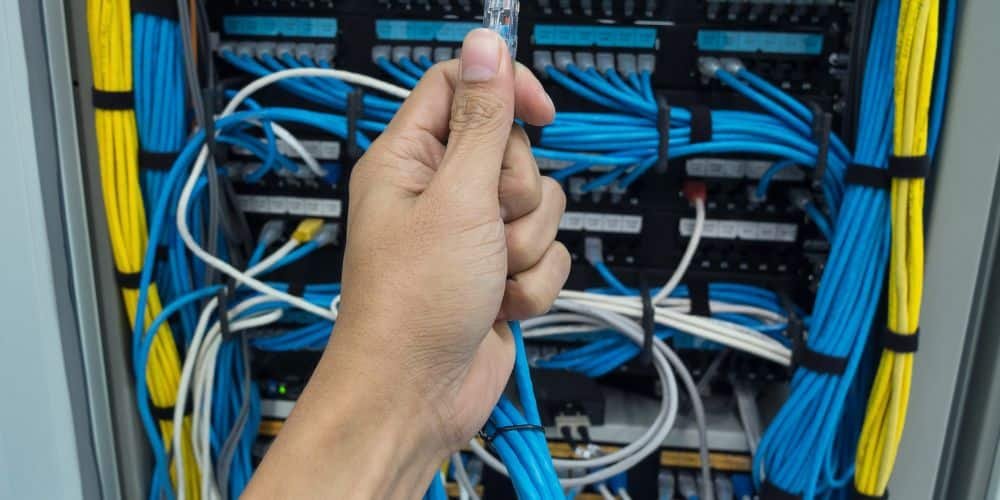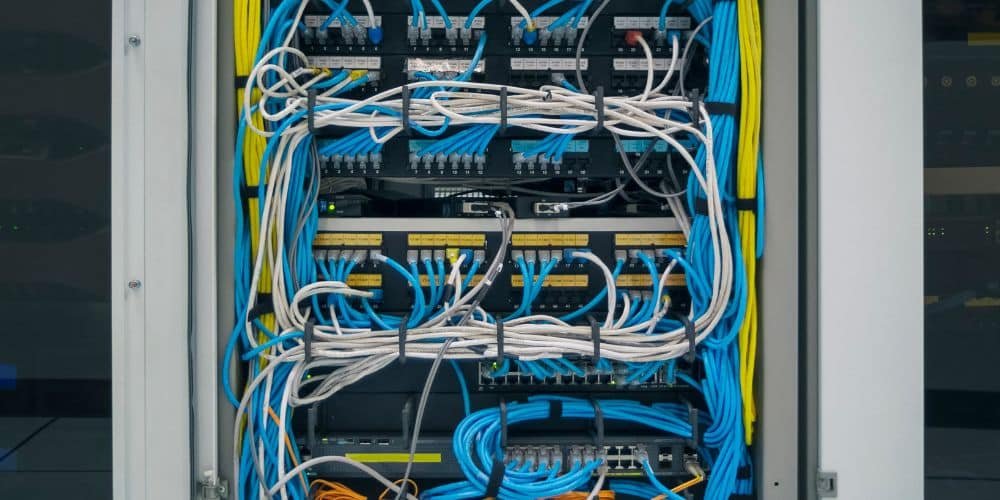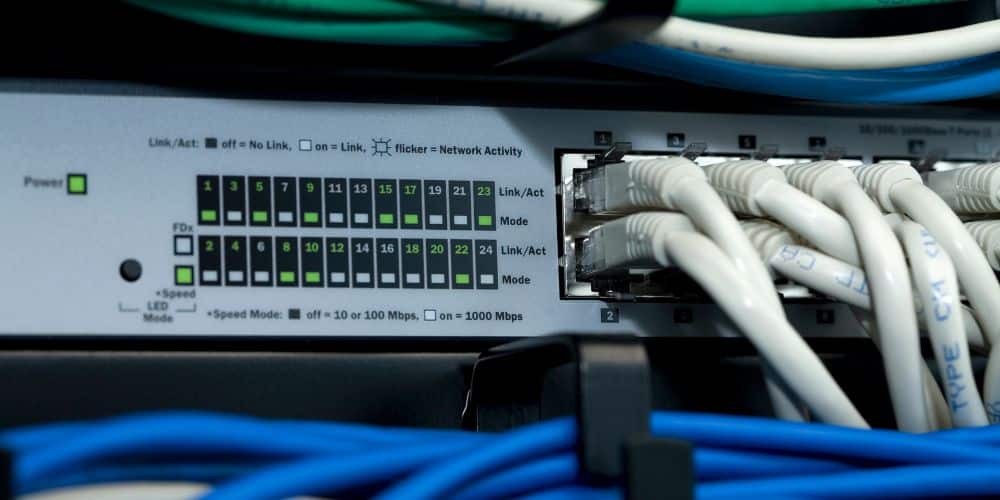In the fast-paced digital age, where seamless communication and data transfer are paramount, office cabling emerges as a critical foundation for efficient building technology services. From ensuring uninterrupted internet connectivity to facilitating robust communication networks, office cabling plays a pivotal role in shaping modern work environments. In this post, we delve into the significance of office cabling in building technology services and how it can transform your workplace into a hub of productivity and connectivity.
The Backbone of Connectivity: Understanding Office Cabling
Office cabling serves as the unsung hero that empowers various technological functionalities within an organization. From data transmission and telecommunications to audio-visual setups, a well-designed cabling infrastructure forms the backbone of connectivity. It involves the installation of structured cabling systems that enable devices to communicate seamlessly, facilitating the exchange of data, voice, and video across the organization.

Key Benefits of Robust Office Cabling:
Reliable Network Performance:
Reliable network performance refers to the consistent and stable functioning of a network infrastructure, ensuring that data flows smoothly without interruptions or delays. It’s not just about having a strong internet connection; it encompasses various factors, including network speed, latency, bandwidth, and overall network stability. Whether it’s a local area network (LAN) within an office or a wide area network (WAN) connecting multiple locations, the reliability of these networks directly influences the efficiency and effectiveness of day-to-day operations.
Scalability and Flexibility:
In today’s dynamic business landscape, the ability to scale and adapt is crucial for staying competitive and responsive to changing market demands. Scalability and flexibility aren’t just business buzzwords; they are essential characteristics of an organization’s networking infrastructure that can make the difference between stagnation and growth. In this article, we explore the significance of scalability and flexibility in networking, their impact on business operations, and strategies to build a network that can evolve with your business.

Reduced Downtime:
A well-organized cabling infrastructure reduces the risk of downtime caused by cable failures or connectivity issues. This translates to enhanced productivity and minimized business losses.
Future-Proofing:
Investing in quality cabling ensures your organization is prepared for future technological upgrades and innovations. It saves costs in the long run by eliminating the need for frequent cabling overhauls.
Improved Aesthetics and Safety:
Properly managed cabling systems contribute to a clean and organized workspace. Additionally, they reduce the potential hazards associated with tangled cables, making the environment safer for employees.

Implementing Effective Office Cabling:
- Assessment and Planning: Begin with a thorough assessment of your organization’s current and future connectivity needs. Collaborate with experts to design a cabling system that aligns with your business objectives.
- Quality Materials: Invest in high-quality cabling materials and components. Superior cables and connectors ensure durability and reliable performance over time.
- Structured Layout: Implement a structured layout that separates power cables from data cables to minimize interference. Proper cable management also simplifies maintenance and troubleshooting.
- Professional Installation: Enlist the services of experienced professionals to install the cabling system. Proper installation prevents cable damage and optimizes network performance.
- Regular Maintenance: Conduct routine inspections and maintenance to identify and address any issues promptly. Regular updates ensure that your cabling system remains up-to-date and efficient.

In the ever-evolving landscape of building technology services, office cabling stands as a fundamental element that holds the potential to transform the way businesses operate. By laying a strong foundation of connectivity, reliability, and scalability, a well-designed cabling infrastructure empowers organizations to harness the full potential of modern technology. Investing in office cabling isn’t just about optimizing current operations; it’s about preparing for the digital future and staying ahead in the competitive business world. So, ensure your organization’s success by embracing the power of office cabling in building technology services.

